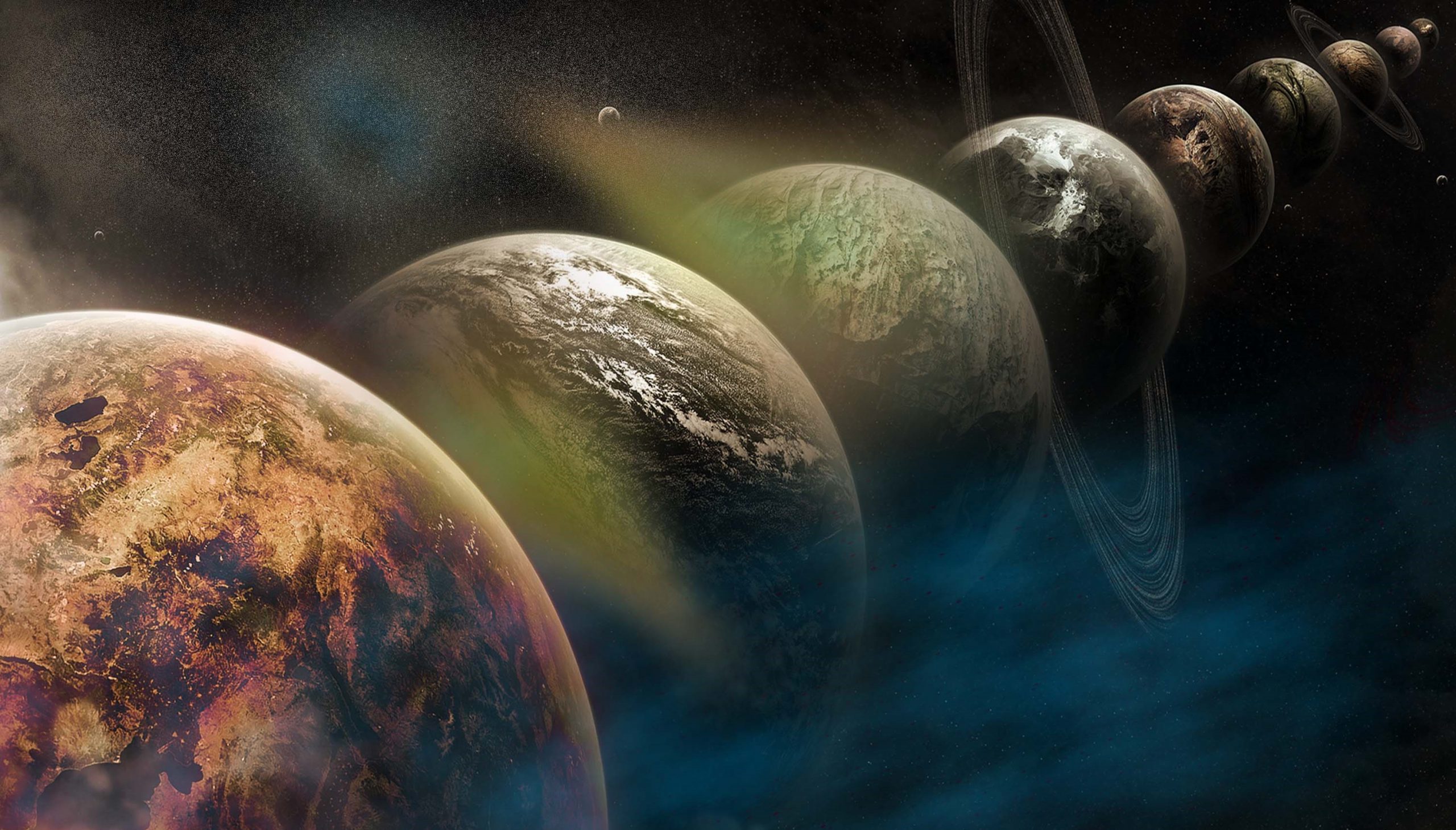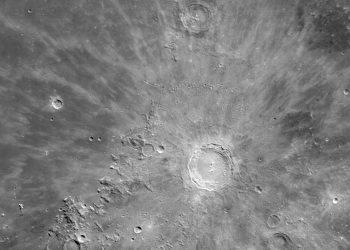Astronomers have officially confirmed the existence of 5,834 exoplanets, each one a distant world orbiting a star beyond our solar system. But the search is far from over—thousands more candidates are still awaiting verification, with new discoveries being made regularly. From massive gas giants larger than Jupiter to rocky planets that could resemble Earth, these findings are transforming our understanding of planetary systems across the galaxy. As technology advances, scientists are uncovering an astonishing variety of worlds, some in habitable zones where liquid water—and possibly even life—could exist.
A Rapidly Expanding Catalog
The search for exoplanets has accelerated in recent decades, thanks to dedicated space missions like Kepler, TESS, and ground-based observatories. The current numbers as of February 2025 show:
- 5,834 confirmed exoplanets
- 1,982 Kepler candidates pending confirmation
- 975 K2 candidates awaiting verification
- 7,372 TESS project candidates, with 4,679 still unconfirmed
While these numbers highlight the vast number of planetary discoveries, they also underline how many potential exoplanets are still being analyzed before official confirmation.
Kepler’s Legacy
NASA’s Kepler Space Telescope, which operated between 2009 and 2018, remains one of the most productive planet-hunting missions ever launched. It identified 2,778 confirmed planets and left behind a large number of candidates still under review. Its successor mission, K2, added another 547 confirmed planets to the growing list.
TESS and the Future of Exoplanet Discovery
Launched in 2018, the Transiting Exoplanet Survey Satellite (TESS) has expanded the catalog further, confirming 604 planets so far while identifying an additional 7,372 planetary candidates—thousands of which still await independent confirmation. TESS is expected to continue discovering new planets in the coming years, improving our understanding of potentially habitable worlds.
The next phase of exoplanet research focuses not just on detection but on detailed atmospheric analysis. The James Webb Space Telescope (JWST) is capable of studying exoplanet atmospheres, searching for signs of water, carbon dioxide, and even potential biosignatures—chemical indicators that could suggest life.
Meanwhile, upcoming missions like NASA’s Nancy Grace Roman Space Telescope and ESA’s PLATO mission will help refine our understanding of exoplanet populations and their habitability.
With over 5,800 confirmed exoplanets and thousands more awaiting verification, scientists are closer than ever to answering one of humanity’s biggest questions: Are we alone in the universe?











